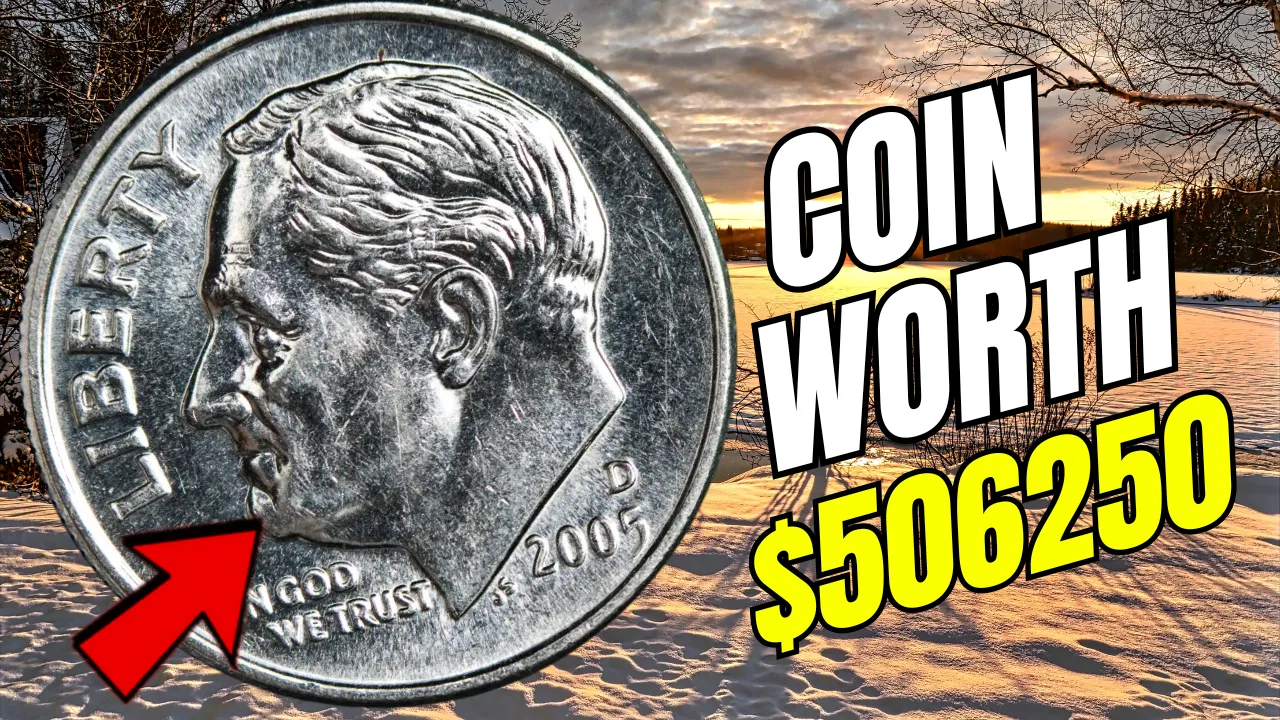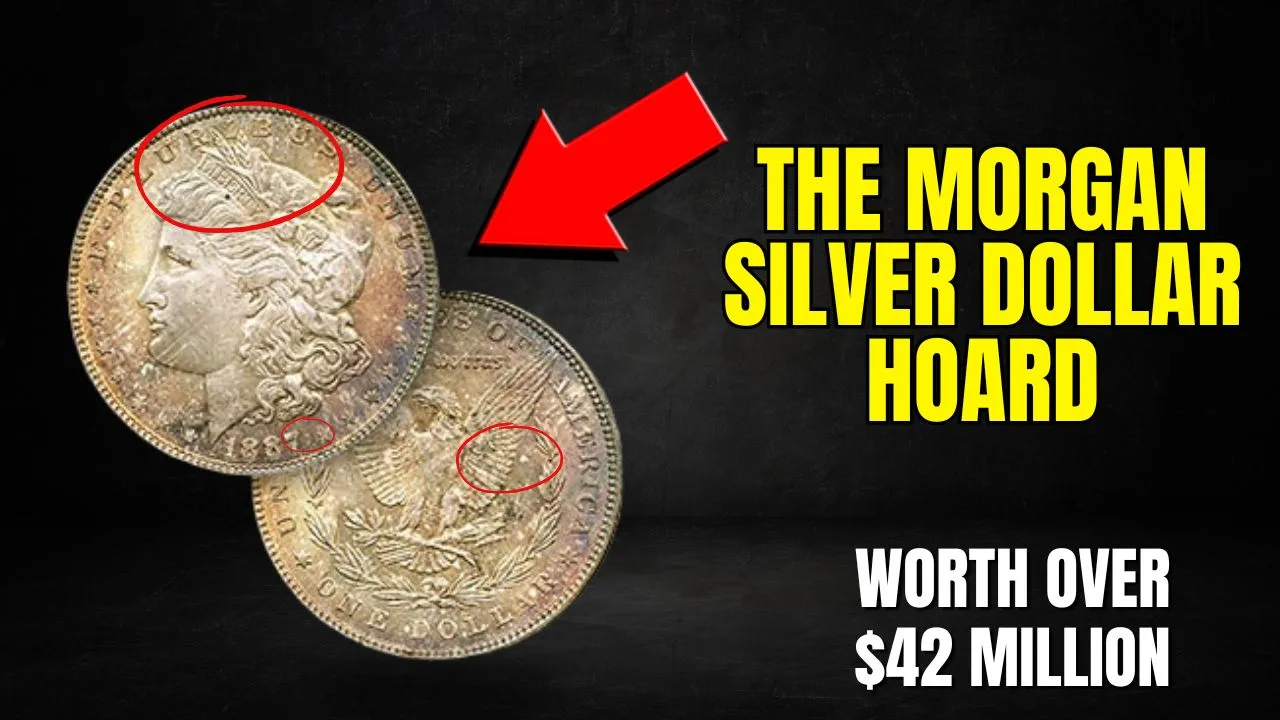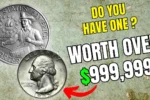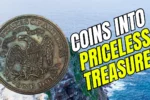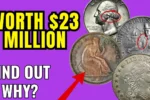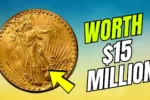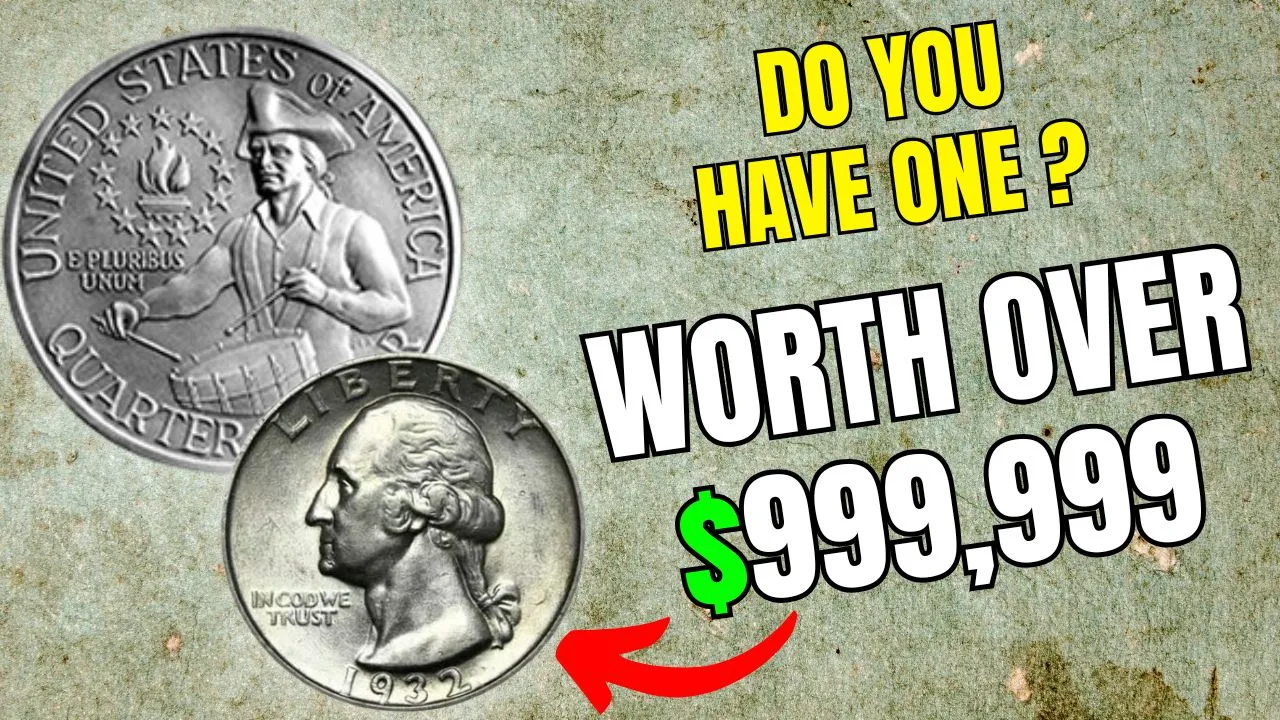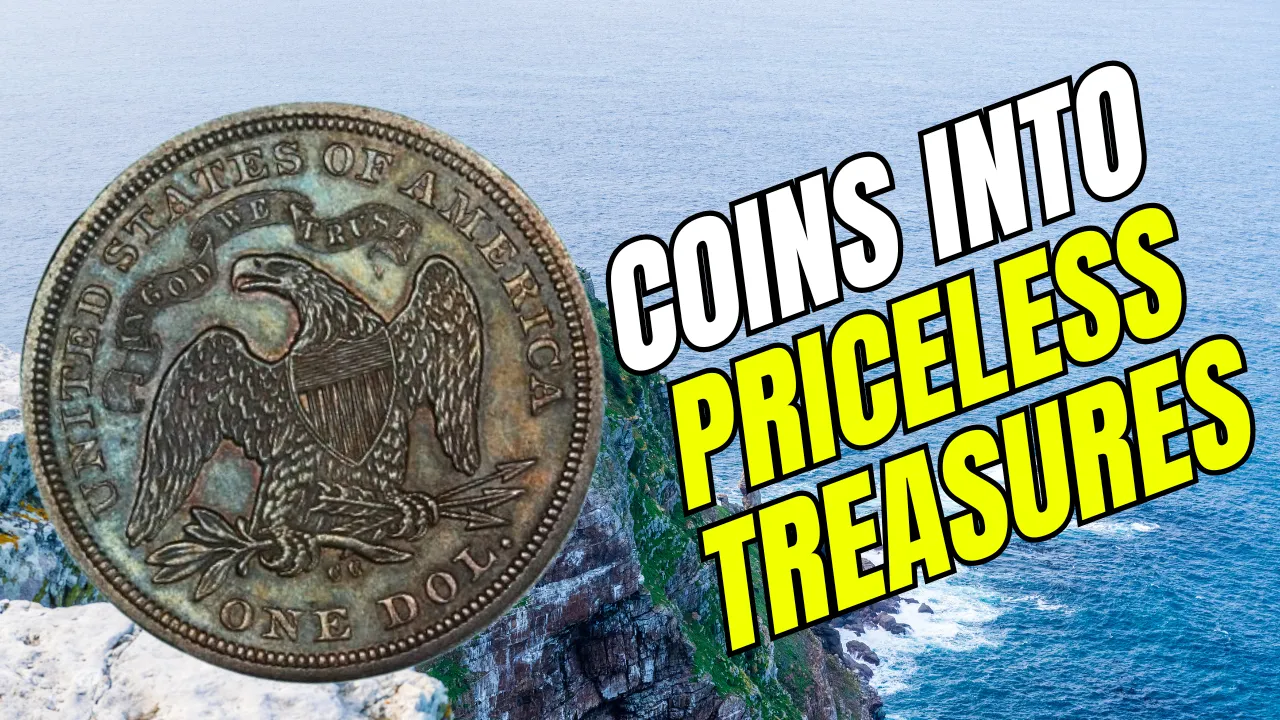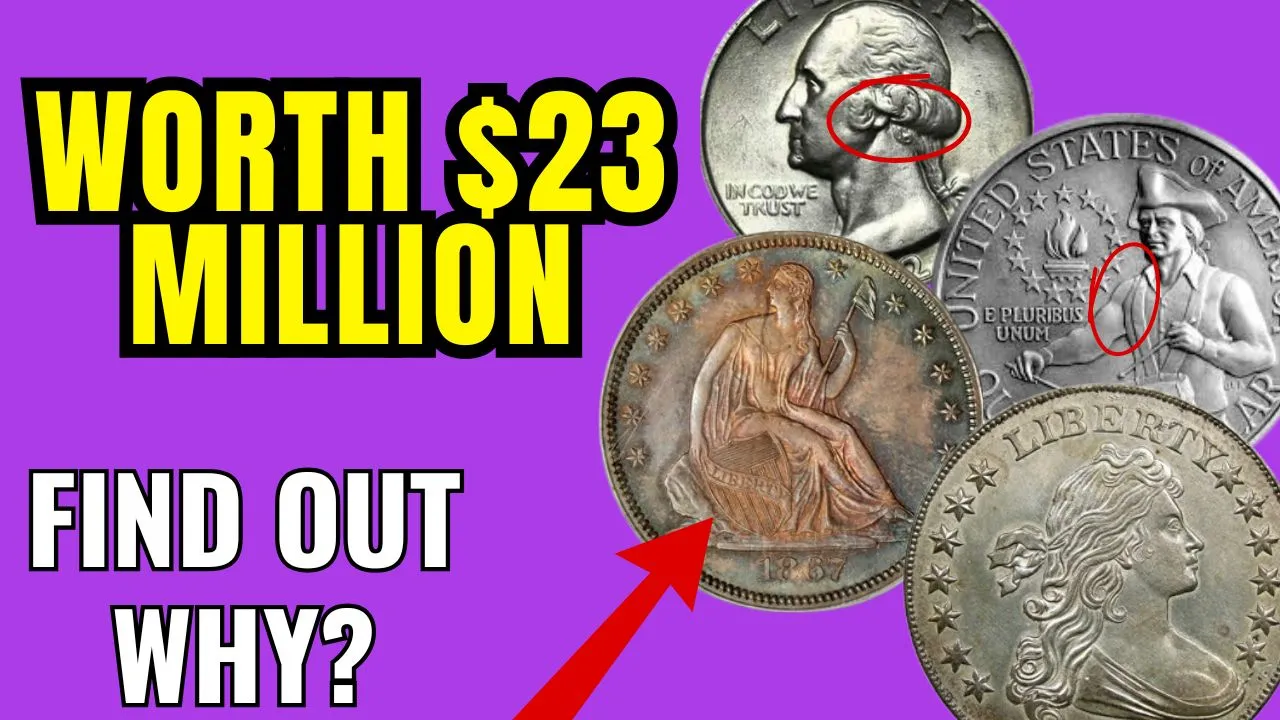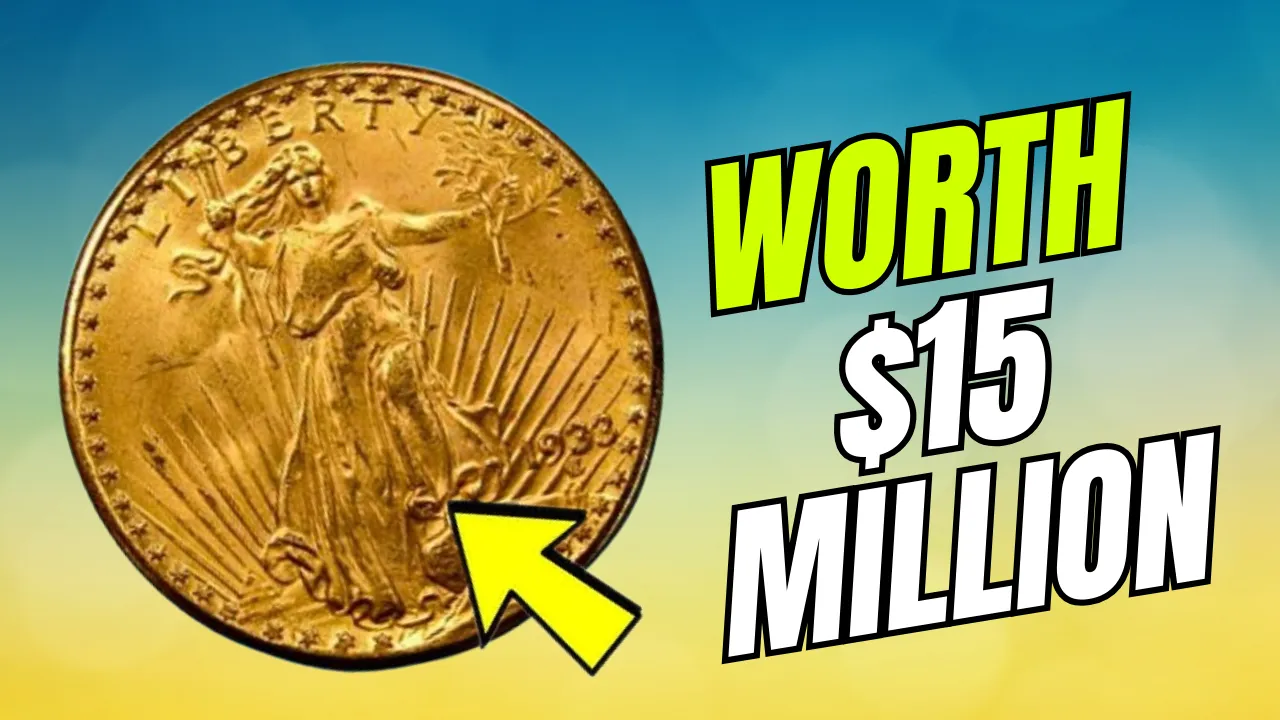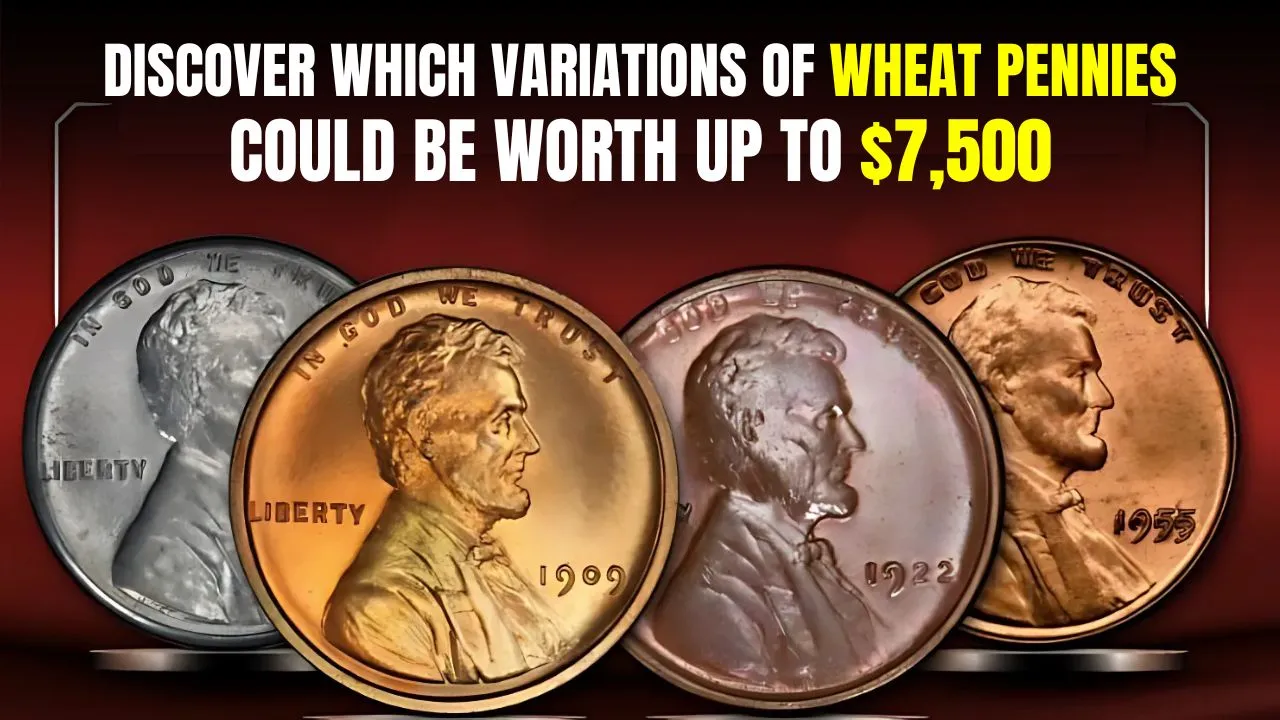Rare 1975 Dime with Error Breaks Records: Rare dimes are more than just pocket change; they are gateways to historical intrigue and immense value for collectors. Recently, a seemingly ordinary dime from 1975 defied expectations, selling for an astonishing $506,250 at auction. This unassuming ten-cent coin, minted nearly 50 years ago, has skyrocketed in value due to a tiny but significant error during its production.
The coin’s unique story begins at the United States Mint in San Francisco. Typically, coins produced here are marked with an “S” mint mark, but this particular dime lacks that identifier. With only two examples known to exist, this minting anomaly has catapulted the 1975 dime into the spotlight. In this article, we’ll unravel the mystery of this rare dime, its historical context, and what makes it so valuable.
Overview of the Rare 1975 Dime
| Feature | Details |
| Coin Type | 1975 Roosevelt Dime |
| Defining Error | Missing “S” mint mark |
| Minting Location | San Francisco Mint |
| Known Examples | Only 2 |
| Auction Record | Sold for $506,250 in October 2023 |
| Previous Record | $456,000 in 2019 |
| Proof Set Cost in 1975 | $7 |
| Current Status | One of the rarest coins in U.S. history |
What Makes This Dime Unique?
The 1975 dime’s value lies in its rare minting error. Coins from the San Francisco Mint typically bear an “S” mark to distinguish their origin. However, this particular dime lacks that mark entirely, an omission that occurred during the production of proof sets for collectors.
In 1975, the U.S. Mint produced over 2.8 million proof sets, each containing six coins, including a dime. Proof sets are specially struck with polished dies, making them more detailed and visually striking than standard coins. Of these millions of sets, two dimes somehow escaped the mint without the “S” mark. This error turned these coins into an unprecedented rarity, sparking fascination among numismatists.
A Coin Kept in a Vault for Decades
The recently sold rare dime has an equally fascinating backstory. It belonged to three sisters in Ohio, who inherited it after their brother’s passing. Their brother had purchased the coin in 1978 for $18,200, a substantial investment at the time. Believing the coin could one day be invaluable, the family safeguarded it in a bank vault for more than 40 years.
Fast forward to 2023, and their foresight paid off. Adjusted for inflation, the original purchase price of $18,200 would be worth around $90,000 today. However, the actual sale price of $506,250 far exceeded expectations, proving that this small dime was worth its weight in gold—and then some.
A Legacy of Record-Breaking Sales
This isn’t the first time a 1975 no-“S” dime has captured the attention of collectors. The only other known example of this error sold in 2019 for $456,000, setting a benchmark for the coin’s value. Since then, its rarity and desirability have only grown, with collectors willing to pay top dollar for the chance to own a piece of numismatic history.
Such sales underscore the allure of rare coins and how their values can appreciate dramatically over time. For enthusiasts, the story behind a coin often matters as much as its rarity, and this rare dime embodies both intrigue and scarcity.
Why Rare Dimes Fascinate Collectors
Coins like the 1975 no-“S” dime hold a special place in the world of numismatics. Their value stems from a combination of rarity, historical significance, and the enduring appeal of minting errors. Here’s why rare dimes are so sought after:
- Uncommon Errors: Minting errors like missing mint marks are accidental and therefore extremely rare.
- Historical Context: Coins often reflect the era in which they were made, adding a layer of historical depth.
- Exclusivity: With only two examples of the 1975 no-“S” dime in existence, demand far outstrips supply.
- Aesthetic Quality: Proof coins are crafted with extra care, making them visually stunning and desirable.
Tips for Finding Rare Coins
Although the chances of finding another 1975 no-“S” dime are slim, other valuable coins could be hidden in collections. Here are some tips for uncovering rare treasures:
- Examine Proof Sets: Check old proof sets for anomalies like missing mint marks or design errors.
- Research Values: Use reputable resources or consult experts to determine a coin’s worth.
- Preserve Quality: Keep coins in pristine condition, as wear and tear can significantly reduce value.
- Explore Old Collections: Family heirlooms or estate sales can sometimes yield hidden gems.
The Importance of Auctions
The record-breaking sale of the 1975 dime was facilitated by GreatCollections, a leading auction house specializing in rare coins. Auctions play a vital role in the numismatic market, providing a platform for buyers and sellers to connect while ensuring authenticity and fair pricing.
Ian Russell, president of GreatCollections, remarked on the improbability of finding another 1975 no-“S” dime, emphasizing the coin’s exceptional rarity. Auctions not only establish market value but also preserve the legacy of such rare finds, allowing collectors to secure pieces of history.
Other Noteworthy Coins
The 1975 no-“S” dime isn’t the only coin to achieve legendary status. Here are some other coins that have made headlines:
- 1933 Saint-Gaudens Double Eagle: Sold for $18.9 million, making it the most valuable coin ever.
- 1794 Flowing Hair Dollar: One of the first U.S. silver dollars, sold for $10 million.
- 1943 Copper Penny: A wartime minting error valued at over $1 million.
These coins, like the 1975 dime, demonstrate how small errors or unique features can lead to astronomical value.
FAQs About Rare Dimes
What makes the 1975 no-“S” dime unique?
Its missing “S” mint mark, combined with its proof quality and extreme rarity, makes it one of the most valuable coins in U.S. history.
How many 1975 no-“S” dimes exist?
Only two examples are known to exist, making them incredibly rare.
Can I find rare dimes in circulation?
While rare coins are unlikely to be in circulation, they may be hidden in old proof sets or collections.
Where can I sell a rare coin?
Reputable auction houses like GreatCollections or professional numismatic dealers are the best options for selling rare coins.
Are minting errors always valuable?
Not all minting errors are valuable, but rare and well-documented errors, like the 1975 no-“S” dime, can command high prices.
Final Thoughts
The 1975 rare dime is a shining example of how even the smallest details can have monumental significance. From a minting error to a record-breaking auction sale, this tiny coin has made history. Whether you’re a seasoned collector or new to the world of numismatics, this story serves as a reminder to treasure the little things—they might just be worth half a million dollars!
Do you have a rare coin story to share? Drop it in the comments below, and don’t forget to explore more articles about the fascinating world of collectibles and coins!
